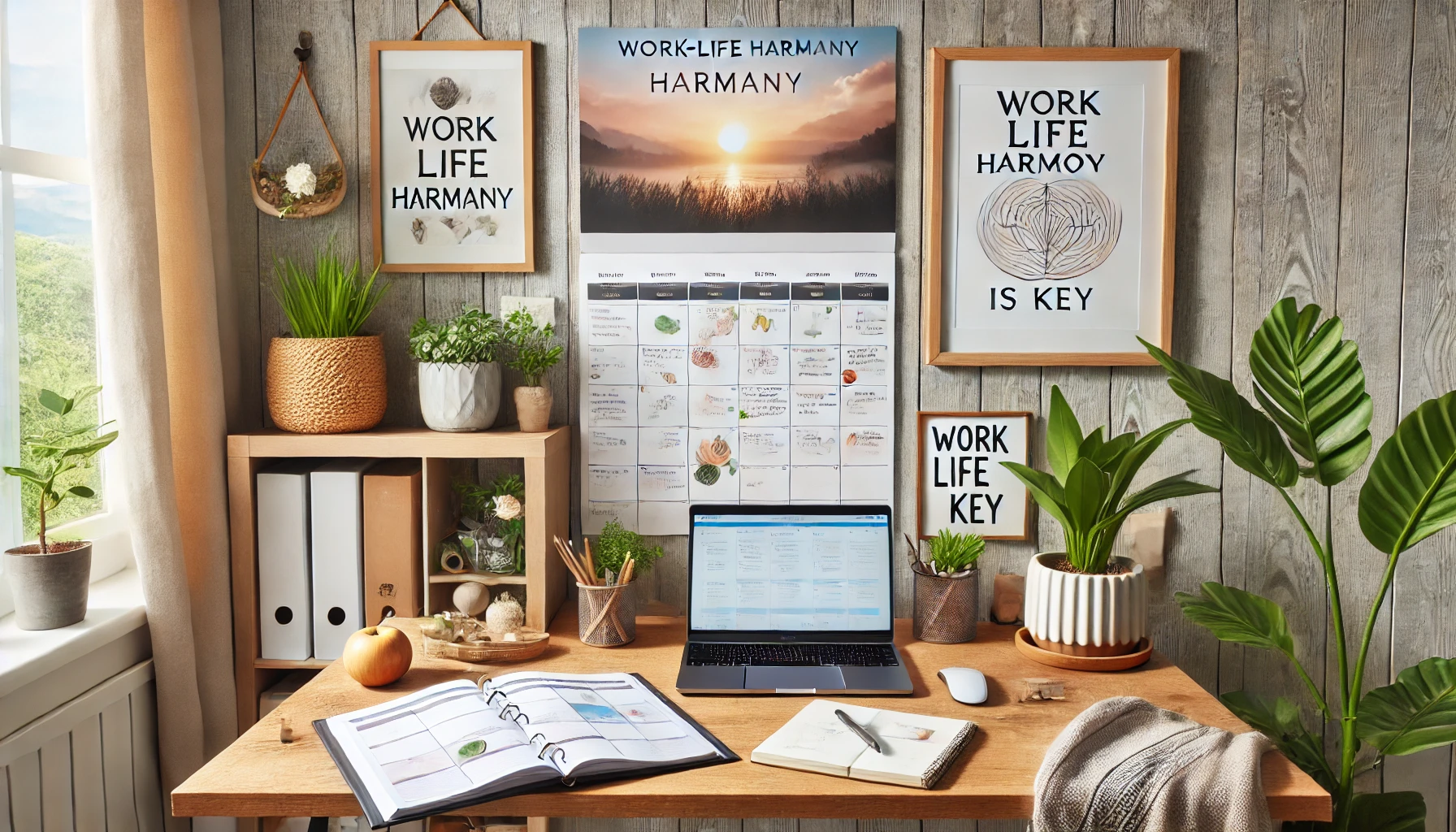At the beginning of my career, finding balance between work and personal life was incredibly difficult. I worked for a small tech company that provided services to other businesses, and I remember one particular incident that taught me a powerful lesson.
One night, after a full day at work and classes in the evening, I went to assist a client and became so absorbed in solving their technical issue that I forgot to inform my family I wouldn’t be coming home. The support session lasted all night. Meanwhile, my family was worried sick. They tried calling, contacted friends, and even considered calling the police. I came back the next morning thinking everything was fine—until I realized the stress I had caused.
That experience taught me that dedication to work should never come at the expense of your relationships or peace of mind. If you’re also trying to find that balance, here are practical strategies that can help you align your personal and professional life.
1. Define What Balance Means to You
Work-life balance is personal. What feels balanced to one person may not work for another.
Ask yourself:
- How much time do I want to devote to work vs. personal life?
- Which areas of my life are being neglected?
- What does a successful, balanced life look like for me?
Clarity helps you set priorities and make better decisions.
2. Set Clear Boundaries Between Work and Personal Time
Without boundaries, work easily takes over everything.
How to protect your personal time:
- Establish start and end times for work
- Avoid checking emails or messages during personal hours
- Communicate your availability clearly with colleagues and clients
Boundaries help you stay present and protect your mental space.
3. Prioritize What Truly Matters
You can’t do everything, but you can do what’s most important.
How to prioritize:
- Identify your top values and goals
- Focus on high-impact tasks
- Learn to say “no” to distractions and non-essential obligations
Prioritization ensures your energy goes where it truly counts.
4. Create a Daily Schedule That Includes Both Work and Personal Activities
When your schedule reflects both worlds, balance becomes part of your routine.
How to structure your day:
- Block time for work, exercise, meals, family, and hobbies
- Add buffer time between tasks to avoid stress
- Use reminders to shift gears between work and personal life
A well-balanced schedule leads to greater focus and fulfillment.
5. Make Self-Care a Daily Priority
You can’t perform at your best if your well-being is suffering.
Examples of daily self-care:
- Exercise, even for just 10 minutes
- Get quality sleep (7–8 hours)
- Do something that recharges you—reading, walking, listening to music
Self-care is not a luxury—it’s fuel for sustainable success.
6. Unplug From Technology During Personal Time
Constant digital connection can sabotage your personal life.
How to disconnect:
- Turn off work notifications after hours
- Create tech-free zones (during meals, before bed, on weekends)
- Use digital well-being apps if needed
Disconnecting allows you to reconnect with what matters most.
7. Delegate and Ask for Help
You don’t need to do everything alone.
How to delegate effectively:
- Identify tasks that others can handle
- Communicate clearly and trust the process
- Ask for help from coworkers, friends, or family when needed
Delegating reduces stress and gives you time for what truly matters.
8. Be Fully Present Wherever You Are
Multitasking steals your presence and drains your energy.
How to stay present:
- Focus on one task at a time
- Put your phone away during conversations
- Practice mindfulness in everyday activities
Presence improves both your work and your relationships.
9. Evaluate and Adjust Regularly
Life changes, and so does balance. What worked last month might not work today.
How to stay aligned:
- Reflect weekly or monthly on how you’re doing
- Ask: “Am I feeling balanced? What needs to change?”
- Adjust your schedule or habits accordingly
Regular check-ins keep your life in harmony.
10. Aim for Progress, Not Perfection
Balance doesn’t mean everything is equal every day. Some days will lean more toward work, others toward life—and that’s okay.
How to embrace progress:
- Don’t expect perfect balance every single day
- Be flexible and compassionate with yourself
- Celebrate small improvements and growth in both areas
Progress over time creates true and lasting balance.
Final Thoughts
Creating balance between personal and professional life isn’t about splitting your time 50/50. It’s about being intentional with how you live and work.
- Define what balance means to you
- Set clear boundaries and prioritize what matters
- Build a routine that includes both work and life
- Take care of yourself and your relationships
- Review and adjust regularly
Because at the end of the day, success means nothing if it costs you your peace, your health, or the people you love.

